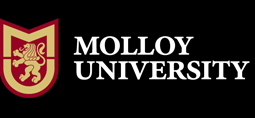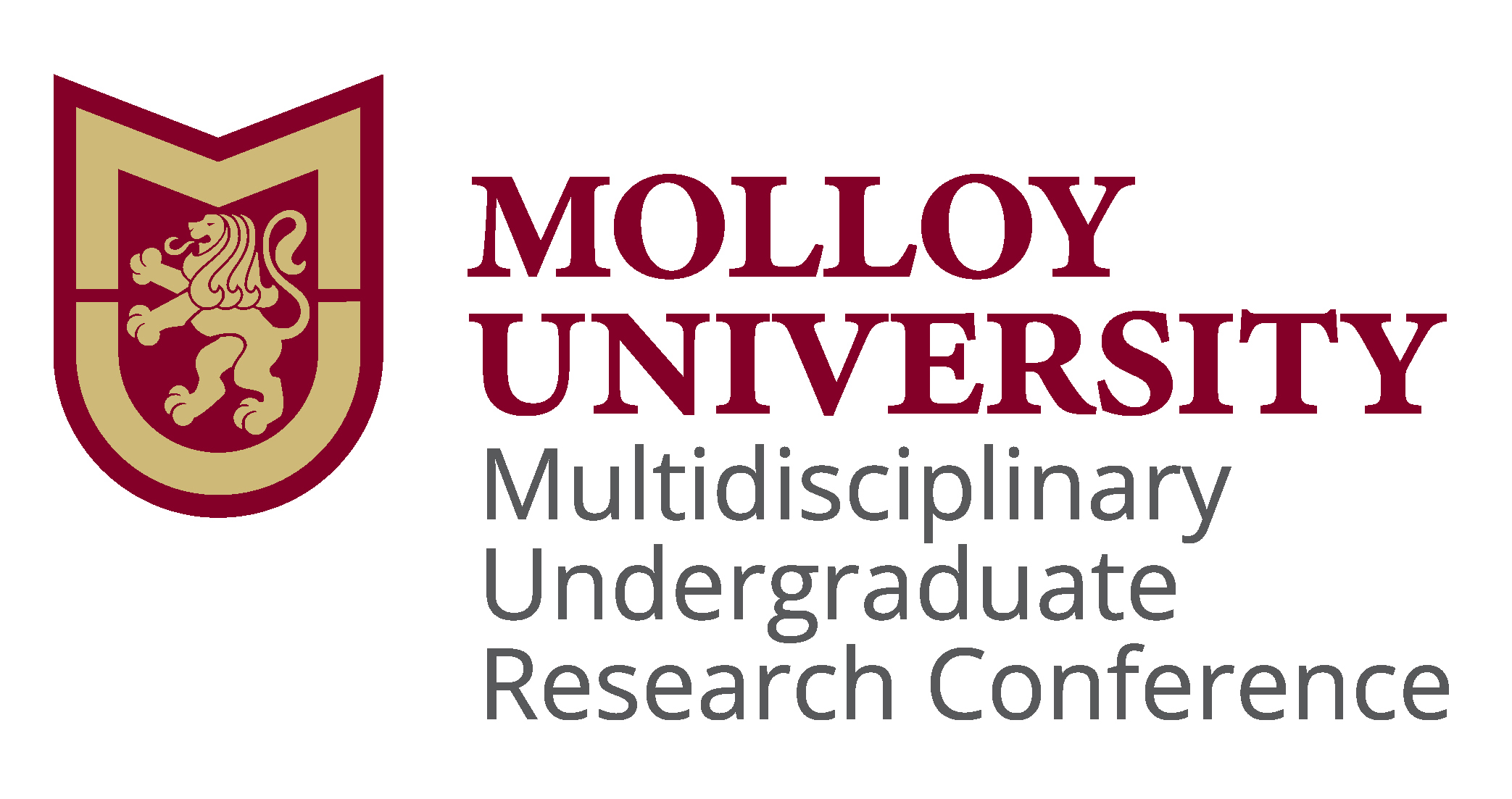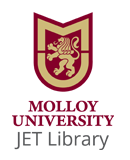A Multidisciplinary Perspective of Stakeholders’ Barriers, Facilitators, and Roles in Aiding Young AAC Users
Loading...
Molloy Faculty Mentor
Hia Datta
Presenter Major
Speech Language Pathology and Audiology
Presentation Type
Oral
Location
H339, 3rd floor, Barbara H. Hagan Center for Nursing
Start Date
28-4-2025 5:22 PM
End Date
28-4-2025 5:29 PM
Description (Abstract)
IRB #2277551 approved.
Many children have complex communication needs, as they may have motor or cognitive deficits that make it difficult to communicate. Such children benefit from Augmentative and Alternative Communication (AAC) (Syriopoulou-Delli & Eleni, 2022). AAC is defined as modes of communication that can supplement or substitute for an individual’s communication difficulties (Syriopoulou-Delli & Eleni, 2022). A cooperative multidisciplinary team is needed to ensure the effectiveness of communication using AAC. Each member of a multidisciplinary team works together using their expertise to help the people they support. Unfortunately, there is widespread miscommunication between stakeholders about their roles and their ability to fulfill them. This study aims to provide a clear distinction on each stakeholders’ roles, their ability to fulfill them, as well as the facilitators and drawbacks in helping children with complex communication needs through an online survey. Results will provide clarity amongst the members of such multidisciplinary teams so they can better support them.
Keywords
AAC, Speech Language Pathology, Communication disorders, multidisciplinary, multidisciplinary team
Related Pillar(s)
Community, Service, Study
A Multidisciplinary Perspective of Stakeholders’ Barriers, Facilitators, and Roles in Aiding Young AAC Users
H339, 3rd floor, Barbara H. Hagan Center for Nursing
IRB #2277551 approved.
Many children have complex communication needs, as they may have motor or cognitive deficits that make it difficult to communicate. Such children benefit from Augmentative and Alternative Communication (AAC) (Syriopoulou-Delli & Eleni, 2022). AAC is defined as modes of communication that can supplement or substitute for an individual’s communication difficulties (Syriopoulou-Delli & Eleni, 2022). A cooperative multidisciplinary team is needed to ensure the effectiveness of communication using AAC. Each member of a multidisciplinary team works together using their expertise to help the people they support. Unfortunately, there is widespread miscommunication between stakeholders about their roles and their ability to fulfill them. This study aims to provide a clear distinction on each stakeholders’ roles, their ability to fulfill them, as well as the facilitators and drawbacks in helping children with complex communication needs through an online survey. Results will provide clarity amongst the members of such multidisciplinary teams so they can better support them.



